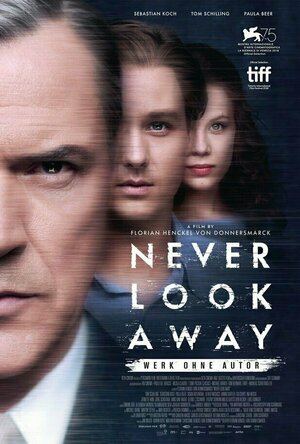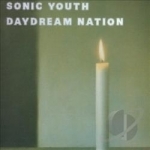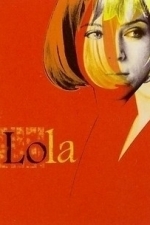"In the recent documentary Gerhard Richter Painting, the painter speaks at length about being a young artist emerging in post–World War II Germany. He says that he always considered painting to be nothing more than a trade that one dedicates oneself to day after day. Working is, above all, very respectable. Perhaps this attitude can be attributed to the fact that postwar Germans were faced with the arduous (but perhaps liberating) task of writing a new history for themselves—trying to come to terms with the past while simultaneously looking toward the future and the endless possibilities therein. With such daunting business at hand, a workhorse spirit would be a must for all German artists. Fassbinder most definitely had that spirit, leaving behind forty feature-length films and playing countless other roles over the course of his short career.
Lola alludes to some of these particular pressures and concerns. Lola herself is a woman with a troubled past pressing forward with her life. It is a great, classic story, and a lot can be read into it. But on a purely aesthetic level, Lola is a sumptuous visual journey. So many textures and colors . . . if Zéro de conduite is a Dadaist masterpiece and The Scarlet Empress is expressionism on film, Lola is pure Technicolor pop art, and one of the best late Fassbinder films. Coincidentally, Rainer Werner Fassbinder died the day before I was born."
Source


